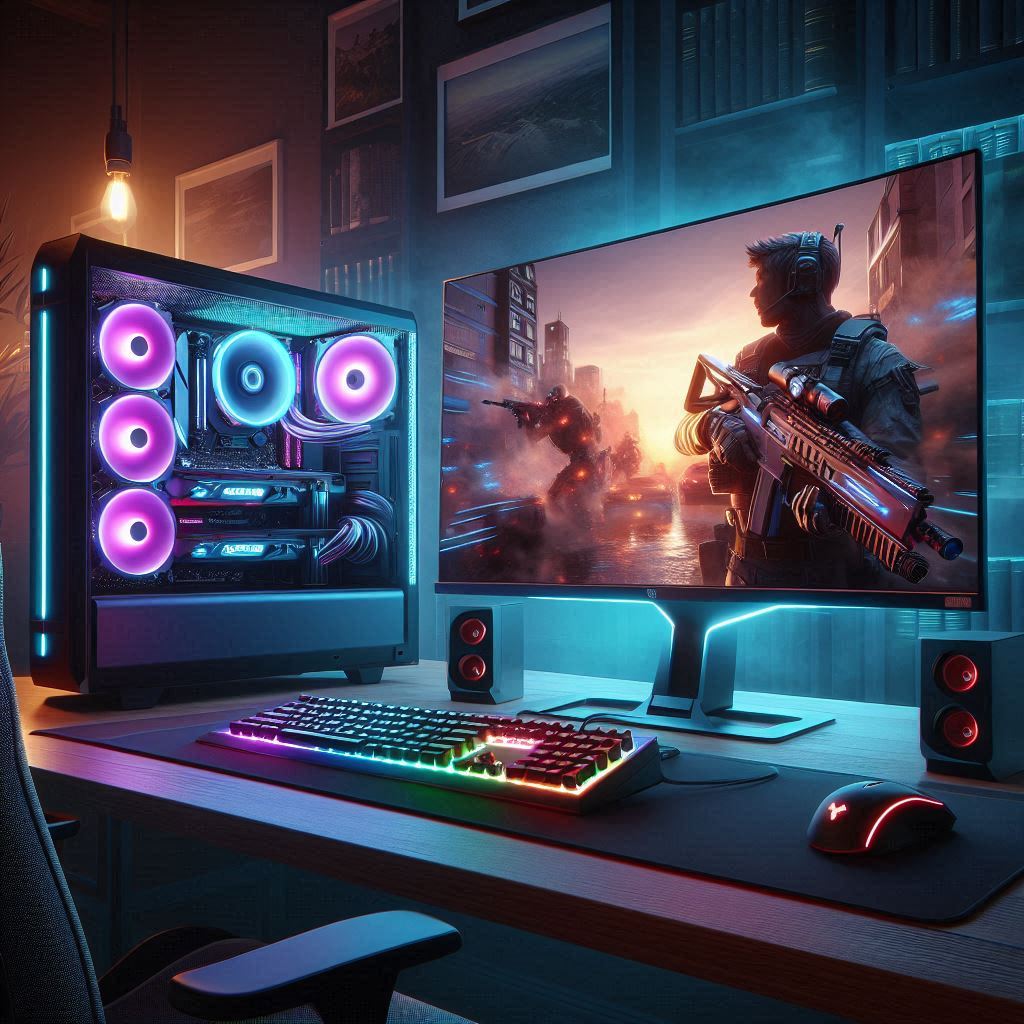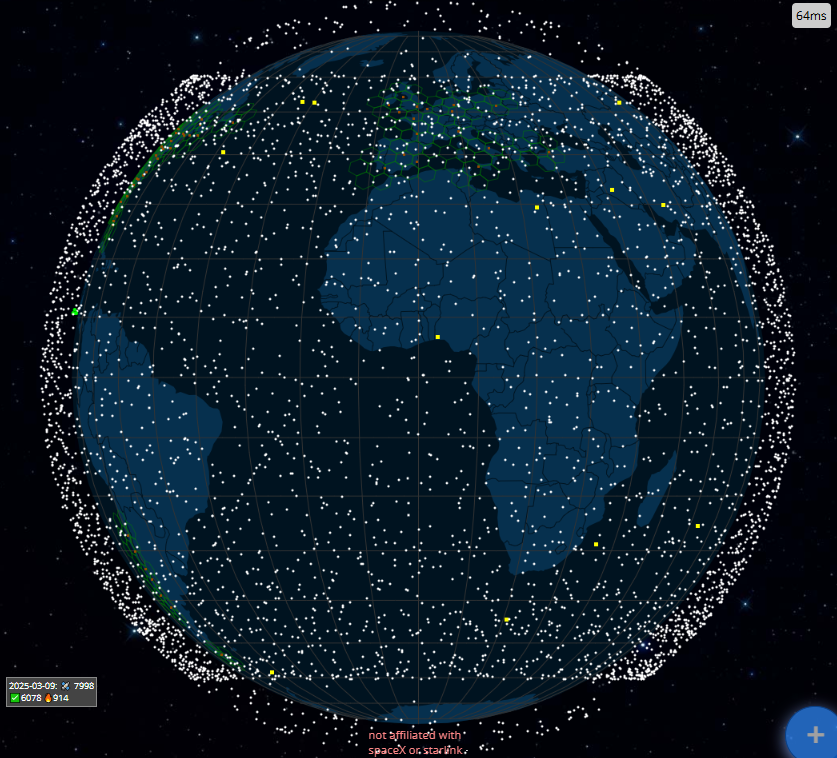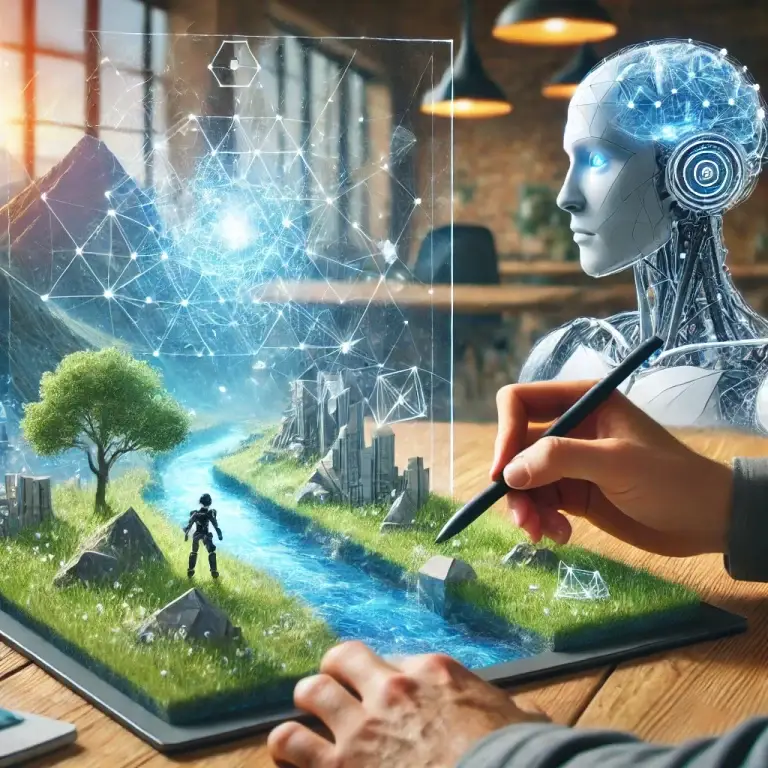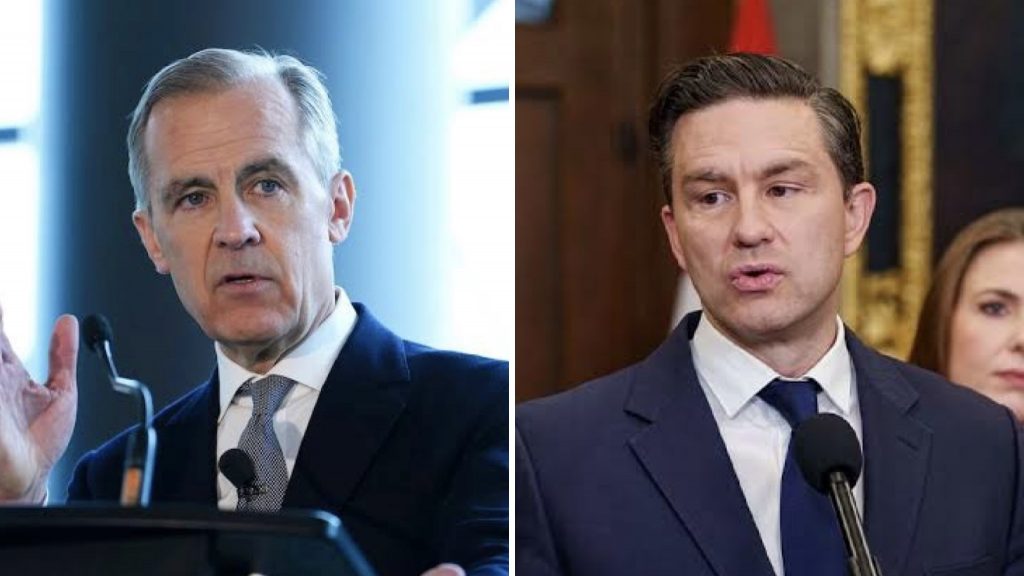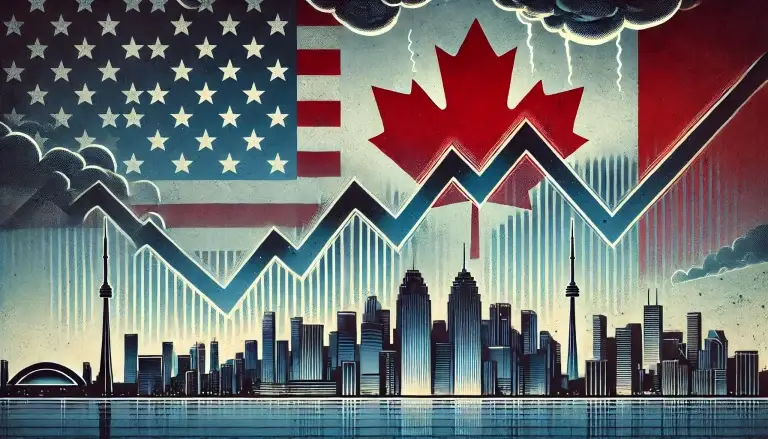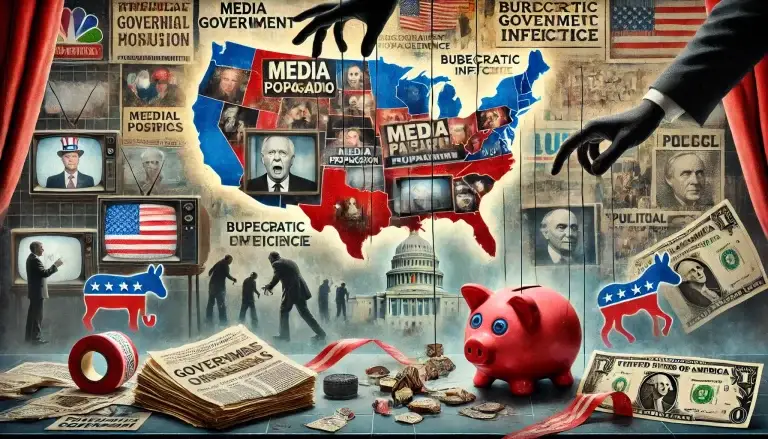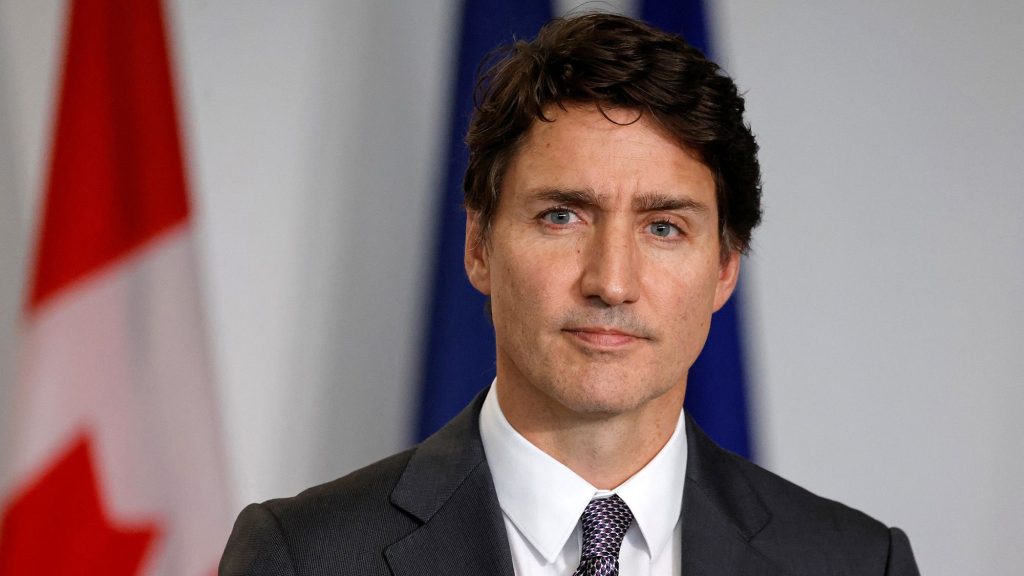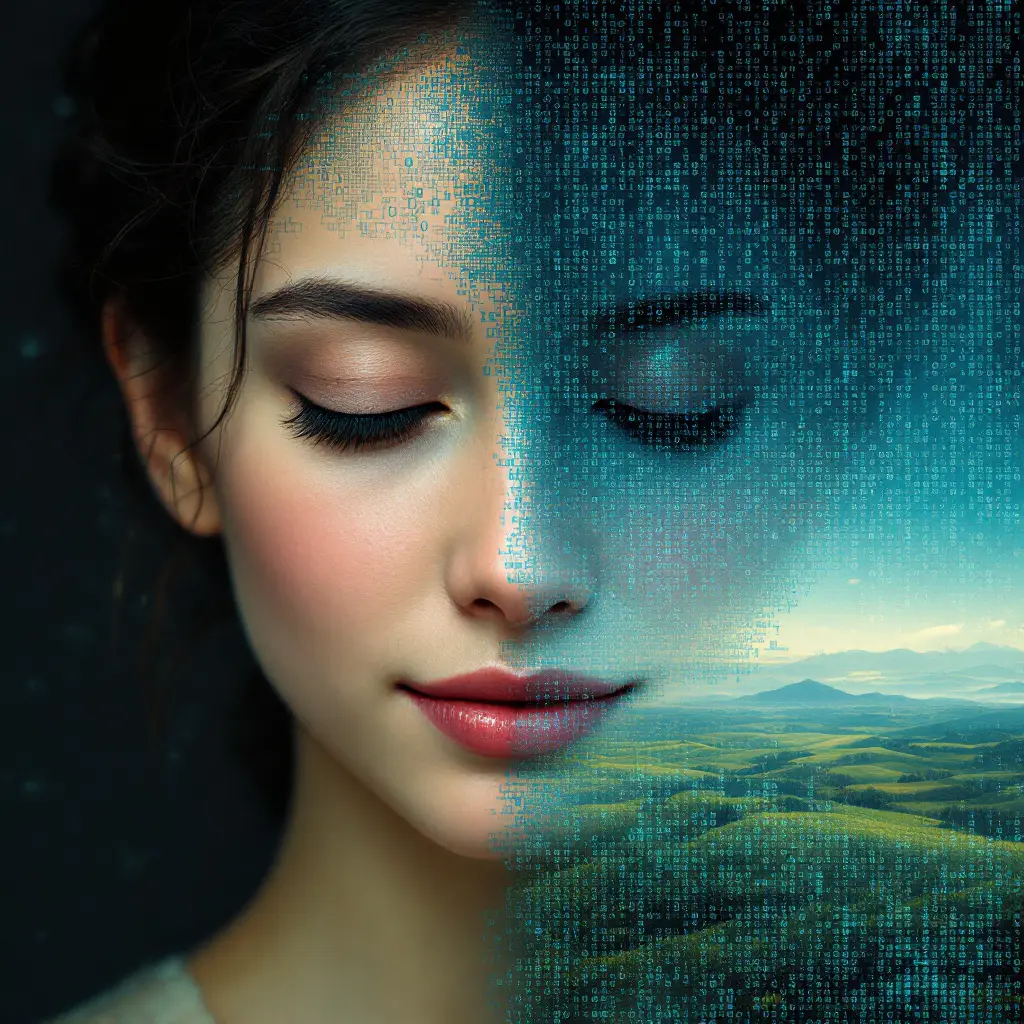
The creative landscape is undergoing a radical transformation. Once reserved for human imagination alone, art is now entering a renaissance fueled by artificial intelligence. In today’s digital age, cutting-edge tools are helping artists, musicians, and writers reimagine the creative process. Recent breakthroughs have not only redefined what art can be, but they’re also sparking debates about the role of technology in creative expression.
A New Creative Era
Just a few years ago, the idea of collaborating with a machine to produce art seemed like science fiction. Now, advanced generative models—powered by the latest AI frameworks—are co-authoring paintings, composing symphonies, and even writing poetry. Innovations from leading tech companies have led to the development of AI that can analyze millions of artworks, learn stylistic nuances, and generate entirely new pieces that feel both familiar and startlingly original. This synergy between human inspiration and machine precision is opening doors to artistic experimentation never seen before.
The Impact on Traditional Arts
While some critics argue that AI-generated art lacks soul, many artists see it as a powerful tool for expansion. Workshops and galleries are embracing these new techniques, hosting exhibitions where human creativity meets digital innovation. For instance, a recent exhibit in New York showcased a series of AI-assisted portraits that blurred the lines between human intuition and algorithmic calculation. These hybrid works challenge traditional definitions of creativity and invite viewers to question what it truly means to be an artist in the 21st century.
Breaking Boundaries in Media and Entertainment
The revolution isn’t confined to visual arts. Musicians are now using AI to craft unique soundscapes and lyrics, and filmmakers are experimenting with computer-generated scripts and special effects that push cinematic boundaries. AI is becoming a collaborative partner—one that can suggest novel ideas or handle complex editing tasks, allowing creatives more time to focus on the conceptual aspects of their projects. As these technologies mature, they promise to make the arts more accessible, empowering emerging artists with resources that were once the privilege of only well-funded studios.
Looking to the Future
As we stand on the precipice of this AI-fueled creative revolution, the possibilities seem limitless. The merging of human emotion with machine learning is not without challenges. Ethical questions about authorship, ownership, and the very nature of creativity continue to be hotly debated. However, these conversations are part of a necessary evolution—a sign that art, like society, is adapting to a rapidly changing world.
Conclusion
The AI renaissance represents more than just a trend—it’s a fundamental shift in how we create, appreciate, and understand art. As technology continues to evolve, so too will the methods and meanings behind creative expression. Whether you’re an artist, a tech enthusiast, or simply a curious observer, this new era invites you to explore and redefine the boundaries of imagination.
